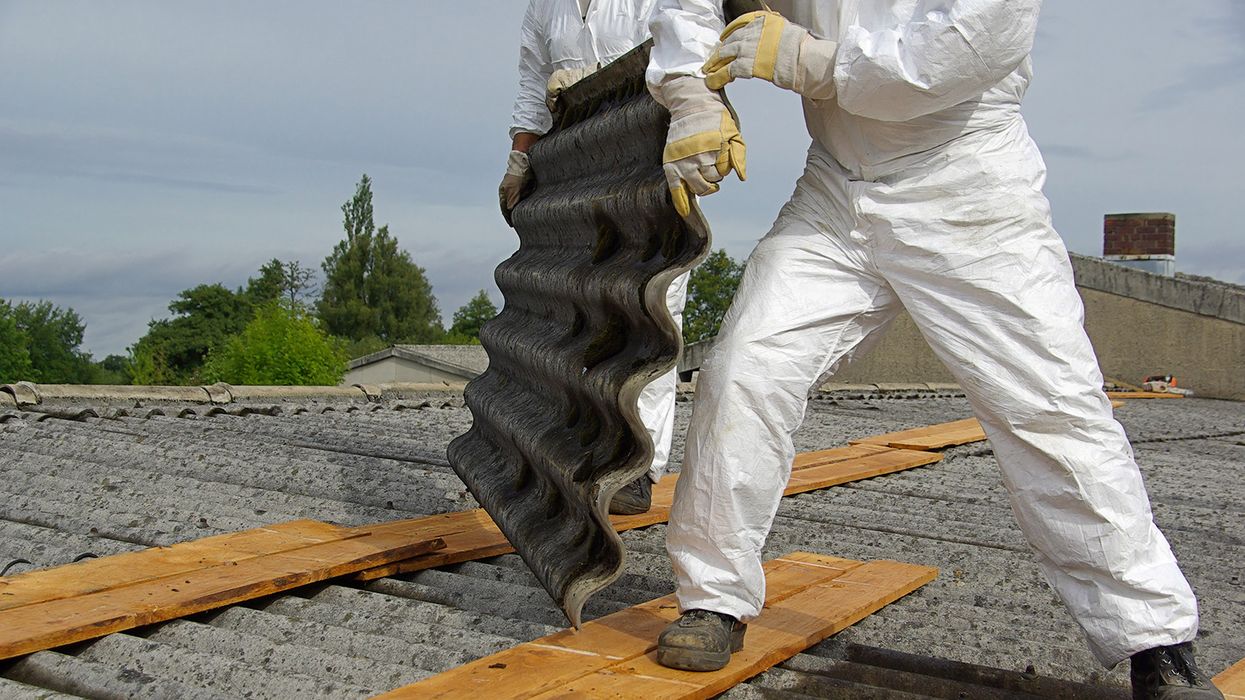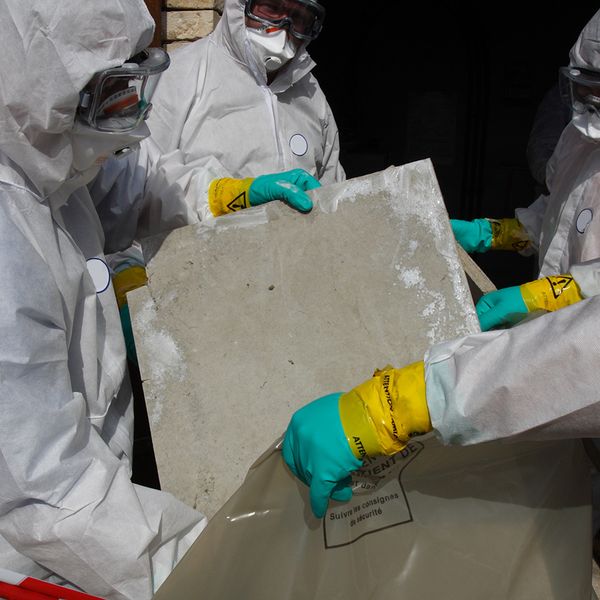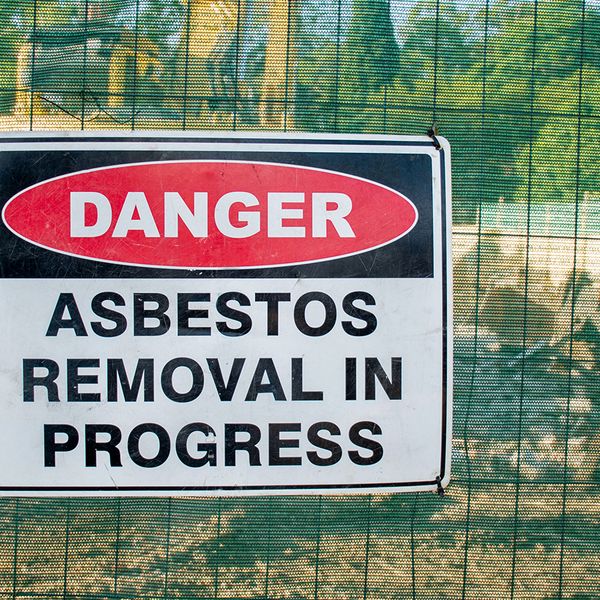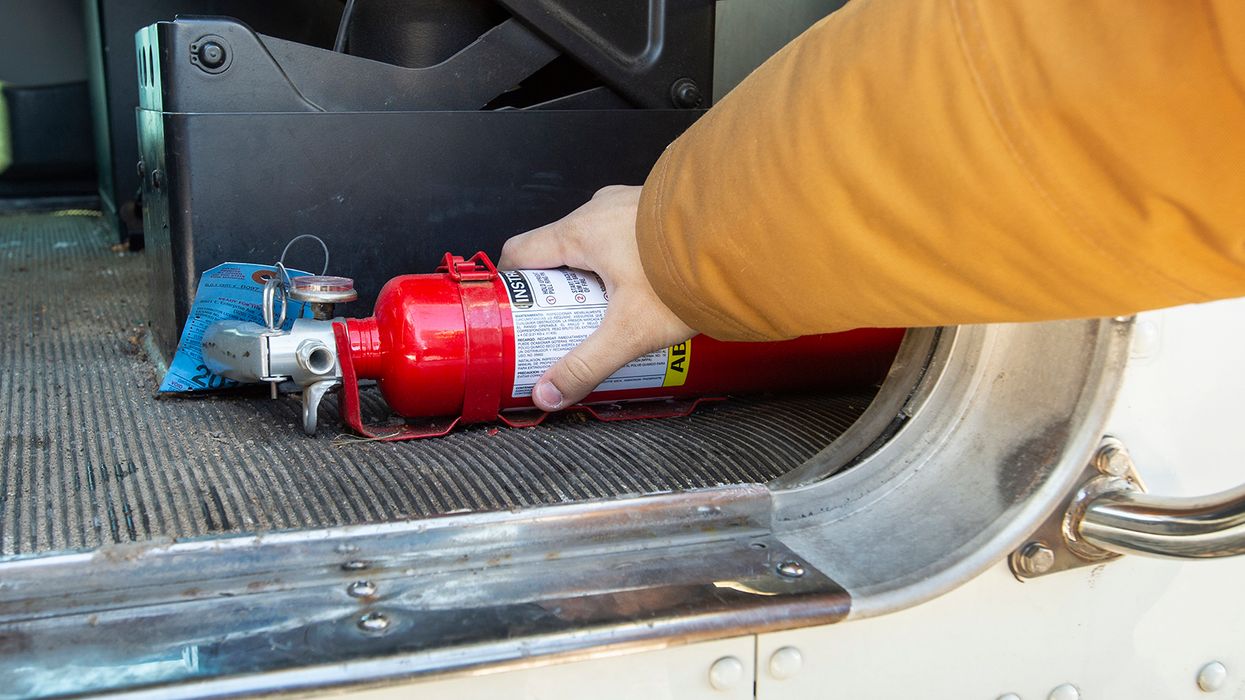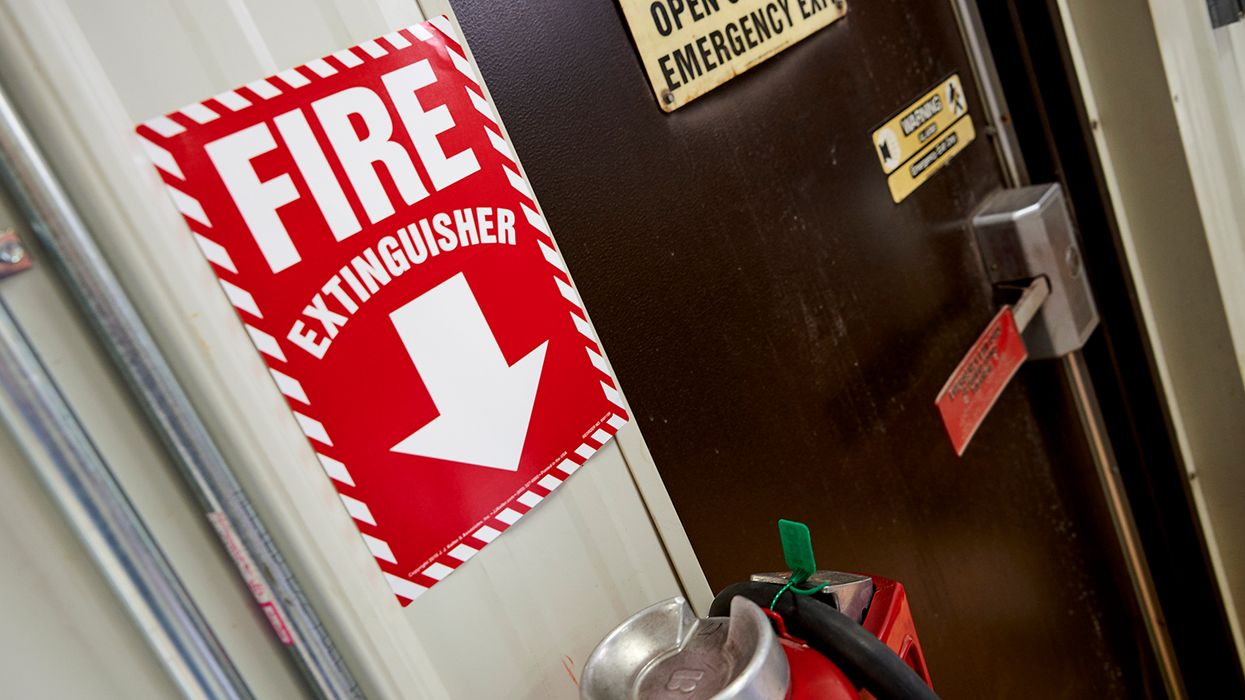Welders aren’t the only workers with occupational exposure to asbestos
Asbestos exposure isn’t only isolated to construction and industrial work environments. In 2009, a study conducted by the American Journal of Occupational Medicine revealed that welding was the highest-risk occupation for asbestos exposure. Over a decade later, welding still is because welders continue working in environments with asbestos-containing materials while performing maintenance and repair activities.
In January 2020, a teacher’s union representing more than 13,000 working professionals filed a lawsuit against its school district for insufficient asbestos testing and for negligence for failing to take appropriate action. The school district’s school board filed suit against the city in January 2023, claiming overreach of its building codes to curb asbestos and other safety hazards that may prevent many schools from opening during the 2023-2024 school year.
Asbestos is found in installed products such as shingles, floor tiles, cement pipe and sheet, roofing felts, insulation, ceiling tiles, fire-resistant drywall, and acoustical products. As a result, workers from many industries have exposure to asbestos in their work environments. Non-maintenance workers, like educators and other working professionals, can get exposure to asbestos from aging infrastructure that lacks necessary repairs.
Very few asbestos-containing products are currently being installed. Consequently, most worker exposures occur during the removal of asbestos and the renovation and maintenance of buildings and structures containing asbestos.
EPA
Asbestos is a fiber or filament that is used in clothing, automotive parts, and building materials. When mixed, it can be found in forms such as Chrysotile, Amosite, Crocidolite, Tremolite, Anthophyllite, and Actinolite. It may have a fluffy appearance.
EPA amended the Asbestos Worker Protection Rule and the Asbestos-in-Schools Rule to protect state and local government employees from the health risks of asbestos exposure. The Asbestos-in Schools Rule amendments provide coverage for employees of local public education agencies who perform operations, maintenance, and repair activities. State and local government employees performing construction, custodial, and automotive brake and clutch repair work are now protected to the same extent as private-sector employees.
Public health concerns
Increasing public health concerns about the effects of asbestos exposure, primarily through inhaling airborne asbestos fibers, resulted in the Environmental Protection Agency (EPA) listing asbestos as a hazardous air pollutant and controlling asbestos emissions under the National Emission Standards for Hazardous Air Pollutants (NESHAPS).
Working with asbestos takes a lot of training, including knowledge of both EPA and OSHA rules. Depending on the class of asbestos work you are involved in (Class I-IV), your workers’ training can be focused on meeting OSHA requirements, or it can be expanded to the 40-hour program from the EPA’s Model Accreditation Plan for the training of maintenance and custodial employees.
Symptoms
Should exposure occur, asbestos symptoms may not surface for many years. Acute exposure can cause shortness of breath, chest or abdominal pain, or skin and mucous membranes irritation. Chronic exposure can cause breathing difficulty, dry cough, broadening and thickening of the ends of the fingers, and bluish discoloration of the skin and mucous membranes.
Asbestos fibers enter the body by inhaling or ingesting airborne particles that become embedded in the tissues of the respiratory or digestive systems. The long-term effects associated with asbestos include:
- Asbestosis (an emphysema-like condition),
- Lung cancer,
- Mesothelioma (a cancerous tumor that spreads rapidly in the cells of membranes covering the lungs and body organs), or
- Gastrointestinal cancer.
Whether your company does asbestos abatement or renovation work or you’re a demolition company, dealing with asbestos is a huge responsibility. Ensure proper controls are implemented and workers are adequately trained to protect themselves to avoid exposure. The symptoms of these diseases generally do not appear for 20 or more years after initial exposure.
Key to remember
Asbestos is a fiber or filament that is used in clothing, automotive parts, and building materials. Asbestos fibers enter the body by inhaling or ingesting airborne particles that become embedded in the tissues of the respiratory or digestive systems. Working with asbestos takes a lot of training, including knowledge of both EPA and OSHA rules.

